Spain by road
From the north to the sun-soaked south, adventures begin behind the wheel, by Alistair Dawber

Your support helps us to tell the story
From reproductive rights to climate change to Big Tech, The Independent is on the ground when the story is developing. Whether it's investigating the financials of Elon Musk's pro-Trump PAC or producing our latest documentary, 'The A Word', which shines a light on the American women fighting for reproductive rights, we know how important it is to parse out the facts from the messaging.
At such a critical moment in US history, we need reporters on the ground. Your donation allows us to keep sending journalists to speak to both sides of the story.
The Independent is trusted by Americans across the entire political spectrum. And unlike many other quality news outlets, we choose not to lock Americans out of our reporting and analysis with paywalls. We believe quality journalism should be available to everyone, paid for by those who can afford it.
Your support makes all the difference.
Given that Spain is the number one holiday destination for British tourists, it is a wonder that not more of us visit the spectacular northern regions, which span the Pyrenees in the east, to the spiritual city of Santiago de Compostela, a little more than 400 miles to the west. The variety of the four semiautonomous regions – the Basque Country, Cantabria, Asturias and Galicia means that the north of Spain has something to offer most holidaymakers.
The best way to see everything is by road. The regions are well served by low cost carriers (to Bilbao, Santander, Oviedo, Santiago de Compostela and Vigo), and for those with sea legs, car ferries operate between Portsmouth and Bilbao and Santander, which also saves on the cost of hiring a car. I began my trip in San Sebastián, which as well as being as pretty as any seaside city in Spain, will also be next year’s European Capital of Culture (dss2016.eu/en). A stay at the Barceló Costa Vasca, costs around €80 room only (08 000 211 256; barcelo.com).
If culture is not enough to lure a traveller to San Sebastián, then surely it is the food. In the Basque country, the restaurants and bars have preparing pinxtos, tapas-like bar snacks, down to an art form. San Sebastián is second only to Tokyo in holding the highest number of Michelin stars per square metre.
An hour and a half west down the E80/E70 is Bilbao (bilbaoturismo.net), a city that has come alive since the opening of the Guggenheim museum in 1997. A hired bike, from Tourné Bilbao (00 34 944 24 94 65; tournebilbao.com) costs €10 for four hours, and is a great way to see the sites when you have finished with the modern art of the Guggenheim (00 34 944 35 90 80; guggenheim-bilbao.es). Stay in the old city – perhaps at the Petit Palace Arana (00 34 944 156 411; en.petitpalacearanabilbaohotel.com; doubles from €80 room only) to be on the doorstep of the city’s winding, charismatic streets.
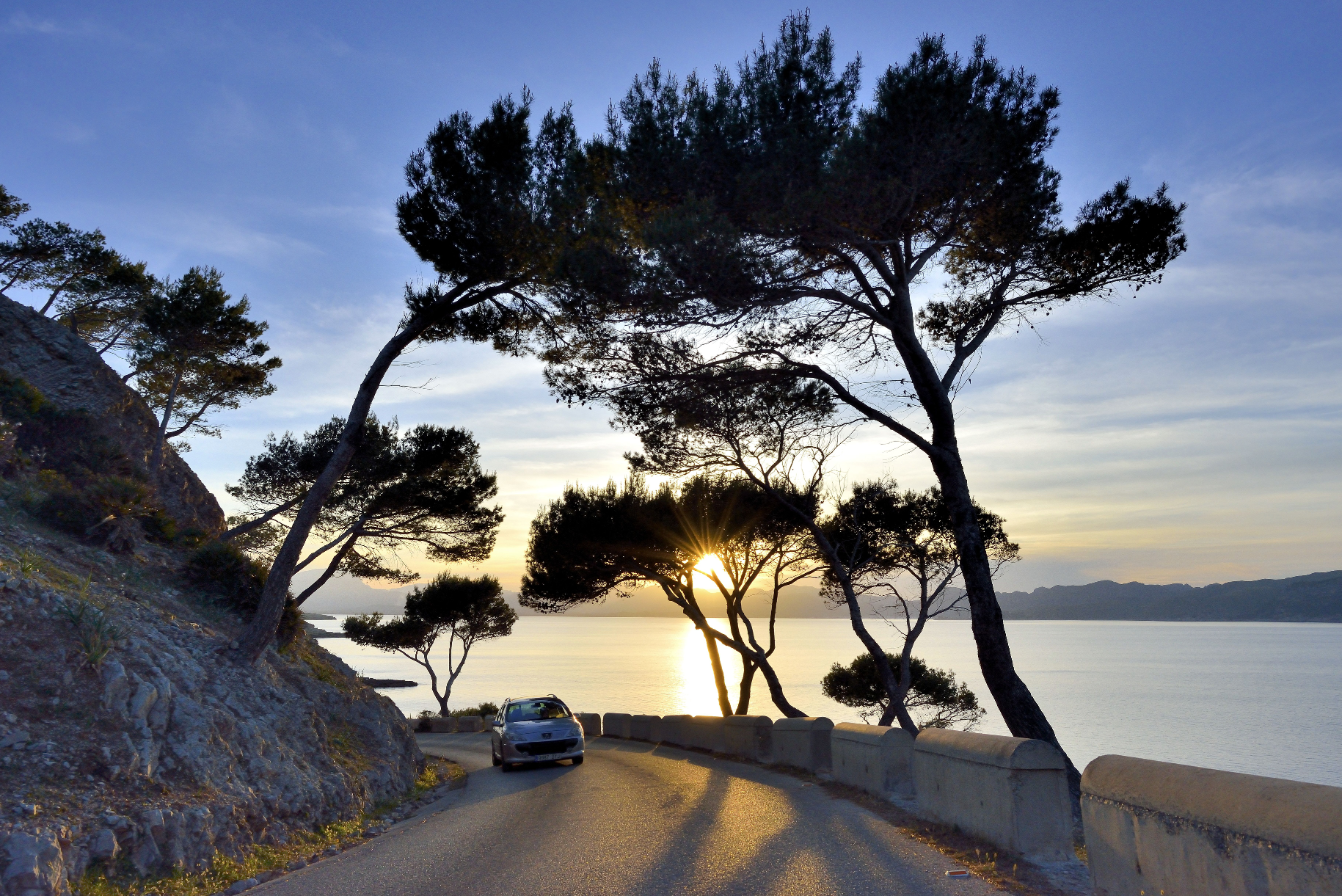
If the trip has up to now been based in cities, it is well worth stopping at some of the small fishing towns and villages along the coastal E70 to Santander. I made a short detour to Castro- Urdiales, where the castle and harbour wall can be explored. Santander, the capital of Cantabria, has probably the best beaches of any city in the area, the best being El Sardinero and la Peninsula de la Magdalena (santanderspain.info). The hotel Boutique Las Brisas (00 34 942 275 011; hotel lasbrisas-santander.com) is a charming place to stay for €44 room only.
Travelling west of Santander, the region of Asturias is breathtakingly beautiful. It is possible to stick to the coastal route on the E70 (which becomes the A8 for periods of the trip), but much better to travel inland and witness the region’s exhilarating scenery. With beaches that rival any other on the northern Spanish coast, and mountains in the Picos de Europa that reach peaks of more 2,600 metres just 20 kilometres from the seaside, it is still an undiscovered treasure. Mountain walking, climbing and fell running all catered for here. The area is also famous for cabrales, a blue cheese that locals say rivals stilton. It is possible to visit the factories where the cheese is made, and the caves in the mountains where it is stored for months until it is just right. The village of Arenas de Cabrales is good starting point, and easily accessible from the coastal road. The capital Oviedo is also worth exploring for its rich medieval and religious architecture and (turismoviedo.es).
After the Picos, I made way along the Costa Verde (Green Coast) into Galicia, which is so green it could easily be mistaken for Ireland or Scotland. Setting out from the rural Hotel Rural 3 Cabos (00 34 985 92 42 52; hotelrural3cabos. com; doubles from €85, b&b), I spent a day walking part of the renowned pilgrimage trail, the Camino de Santiago. Known as the seafood coast, Galicia’s Rias Altas is at the northwesternmost tip of the Iberian peninsula. It is home to stunning scenery and superlative seafood, which even in the smallest restaurants is usually exquisite. I stayed in Cedeira, a fishing town to the east of the main city of La Coruña, and would recommend sitting in one of the many coastal restaurants, sampling that day’s catch and watching the world go by. My base was Casa Cordobelas (cordobelas.es), a tranquil retreat with doubles from €72.
For the more adventurous, the steep hills around the town are easily accessible by car, and, so long as the weather is agreeable, a great day’s walking or mountain biking can be had. La Coruña is well worth a visit, particularly for the impressive 57-metre Tower of Hercules (torre deherculesacoruna.com). From there it is a picturesque drive following the E70, and then the E1, to ancient Santiago de Compostela, where the Camino ends (santiago turismo.com). The cathedral and the old city are beautiful. If you can, book a room at the San Francisco Hotel Monumento (00 34 981 58 16 34; sanfranciscohm.com; doubles from €88 room only), which is owned by an order of Franciscan monks, and who still live in the cloisters next door.
North to south
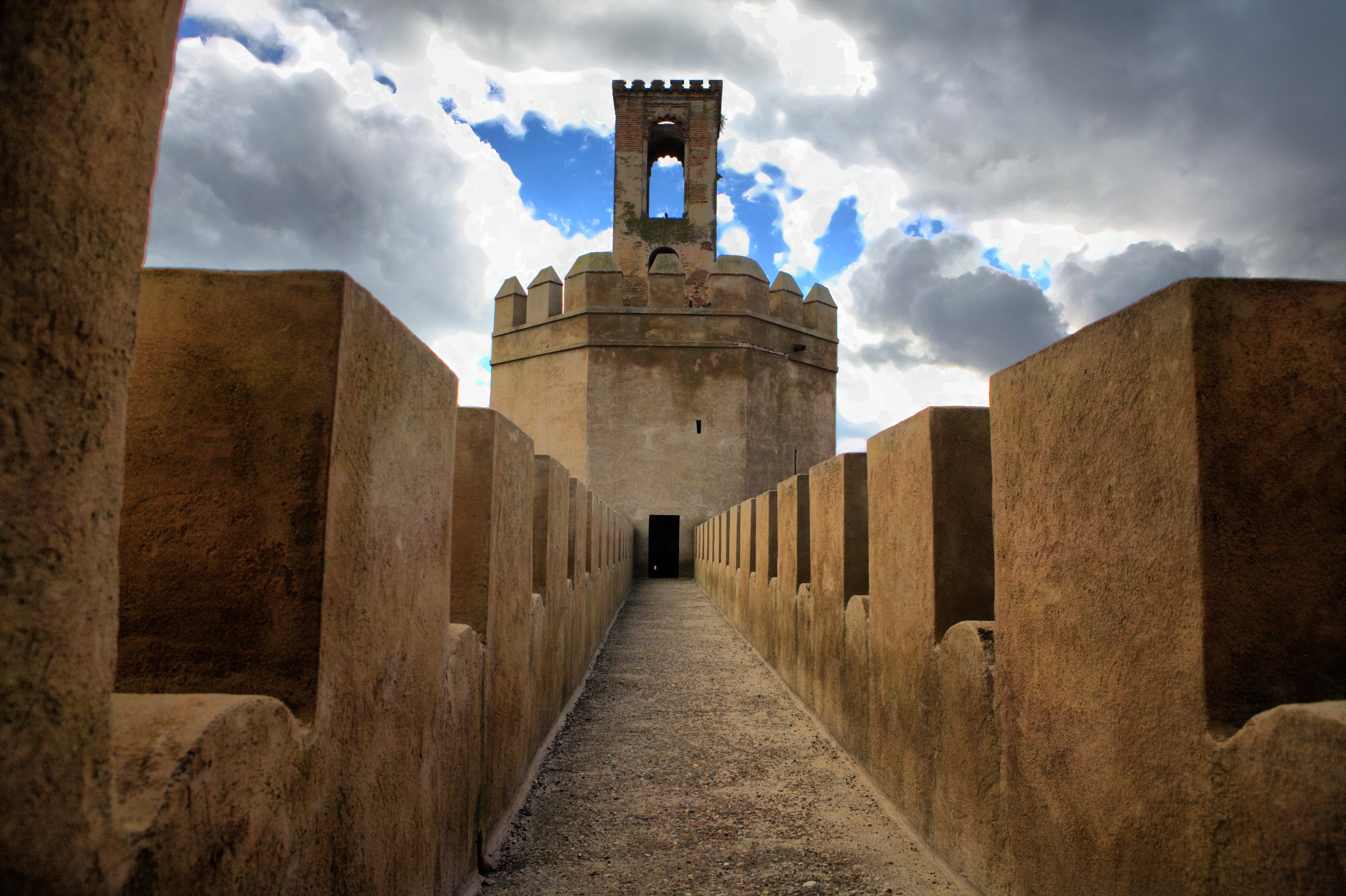
Santander is the gateway to northcentral Spain, served by both Brittany Ferries(0330 159 7000; brittanyferries. co.uk) from Portsmouth and Ryanair (0871 246 0000; ryanair.com) from Stansted and Edinburgh. It is the starting point for an astonishing journey through the hills of Cantabria, pausing at the fine university of Salamanca (salamanca.es), then into the wilds of Extremadura - off the map for many tourists – along the E803. Any visit should take in Badajoz (right) on the Portuguese border and its famous 11th-century Moorish citadel, the Alcazaba (turismo badajoz.es). Further south Seville comprises the triumphant conclusion – with the option of carrying on by ferry to the Canaries for a few more days in the sunshine, whatever the time of year.
Andalucia
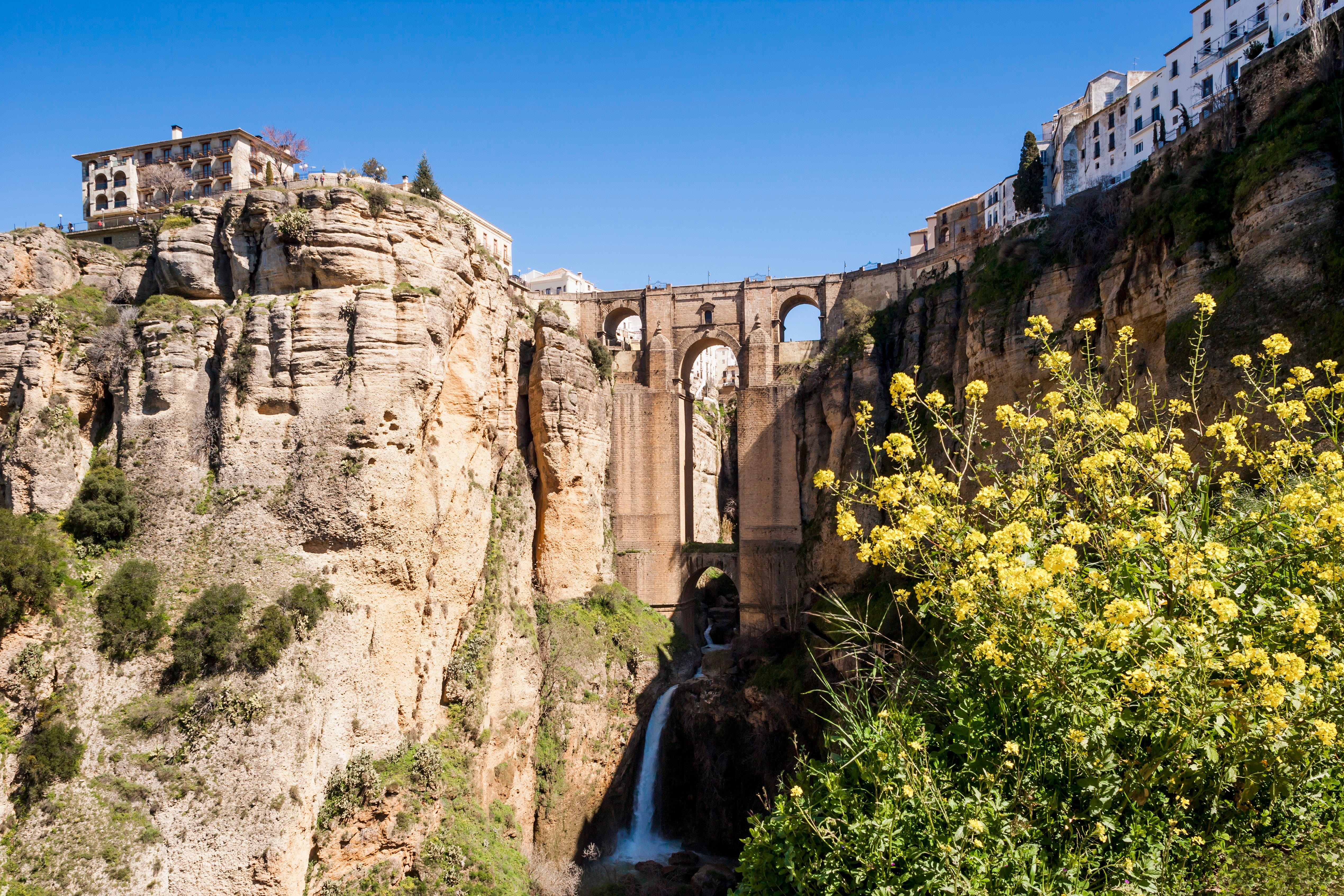
There are several routes through Spain’s southern heartland, but a week is easily enough time to drive around Andalucia and see what this sun-soaked region has to offer (andalucia.org). From some of the best beaches in Europe, one of the tallest mountains in Spain (Mulhacén in Granada) and Moorish cities, there are plenty of places to explore along the way. Fly to Málaga – well served by flights from the UK - which has much more charm than it gets credit for, and travel immediately inland along the A356 and then the A92 to Granada to see the wonders of the Alhambra (alhambradegranada.org).
Go first thing in the morning and watch the sun come up from the spectacular gardens. From Granada, you can easily drive to the Sierra Nevada mountains. After a day or two exploring, travel west to the Ronda (left), which boasts some of the best hiking routes in country, and then on to Seville and Cordoba, with its cream of all the Moorish-era cathedrals, the Mezquita.
Driving essentials
The variety offered by northern Spain means that driving is one of the best ways of visiting. By sticking to the main roads, largely the E70 and A8, the journey can be done quickly and without missing the main centres. A week is easily enough time. But if you have a little longer, the real joy of this trip is turning off on to the minor roads, which give even the driver opportunity to take in the magnificent views and stunning scenery. It also means that across the trip, visitors will continually happen on the small fishing villages, or in Asturias the mountain hamlets, which dot the northern Spanish coastal regions.
The other advantage of travelling along the smaller roads is avoiding the tolls that come with driving along the autopistas (highways). This also applies to journeys further afield in Spain. Several hire companies, such as Hertz (hertz.co.uk), allow you to rent a car in one location and then drop it off at another, without incurring a penalty.
The Mediterranean coast
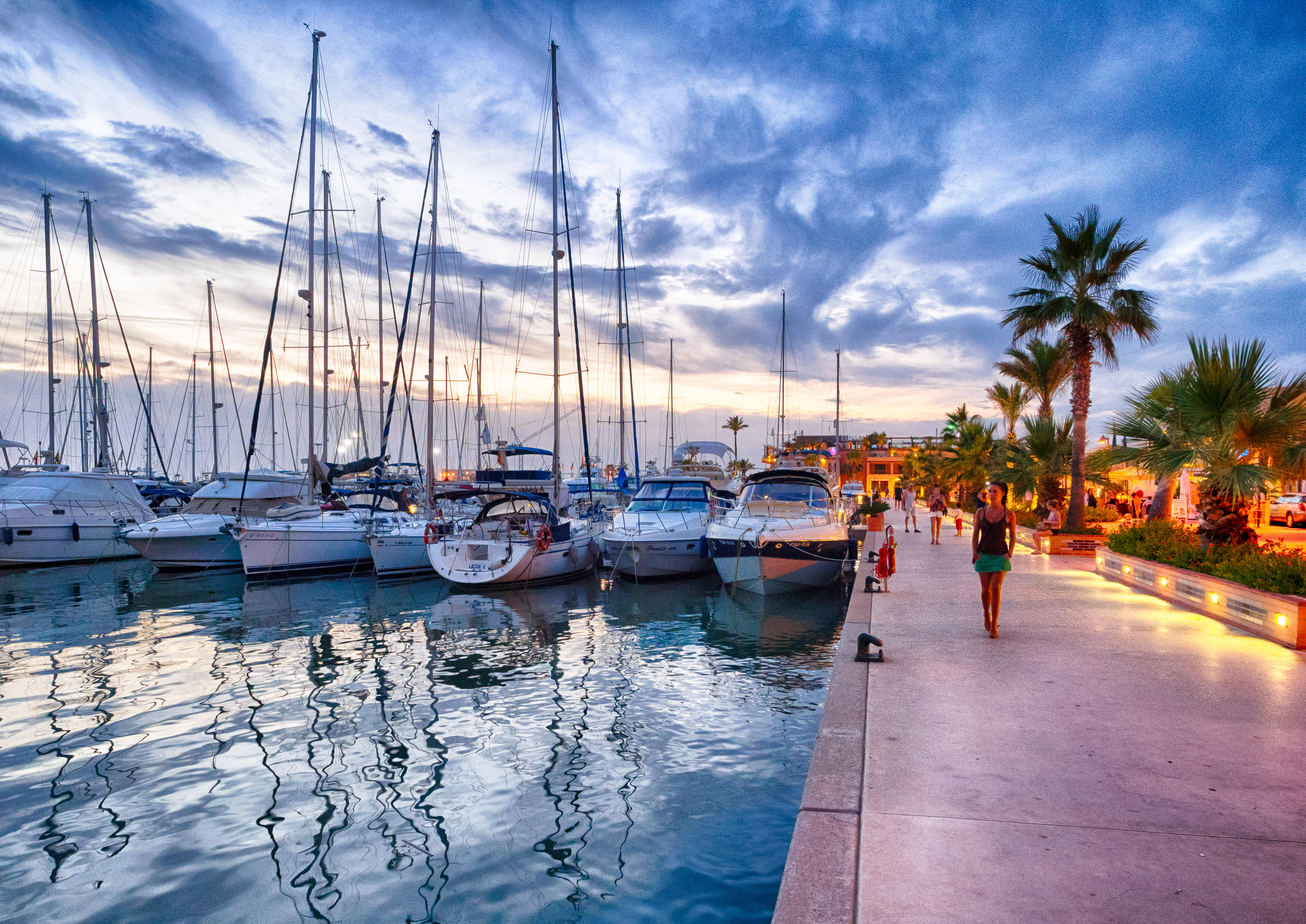
There are few places as well explored by Britons as Spain’s Costa Blanca, but amid the beaches and nightlife, there are some less well- known gems. Alicante is well-served by flights from the UK and the town is well worth exploring. The historic barrio de la Santa Cruz has photogenic coloured houses and narrow cobbled streets, while the medieval Santa Barbara castle offers memorable views of the Mediterranean coast. From Alicante, use the AP7 to drive north, bypassing a number of the resorts that pepper the coastline. The pretty village of El Campello is worth a visit as is Dénia, with its sandy coloured fort that overlooks white-washed fishermen’s houses (costablanca.org). Valencia, with its ancient and futuristic architecture and fine food would make a fitting finale, exploring the spectacular City of Arts and Sciences (cac.es), the covered food market (mercadocentralvalencia. es) and the numerous restaurants that pay homage to Valencian creation, paella.
Historic centre
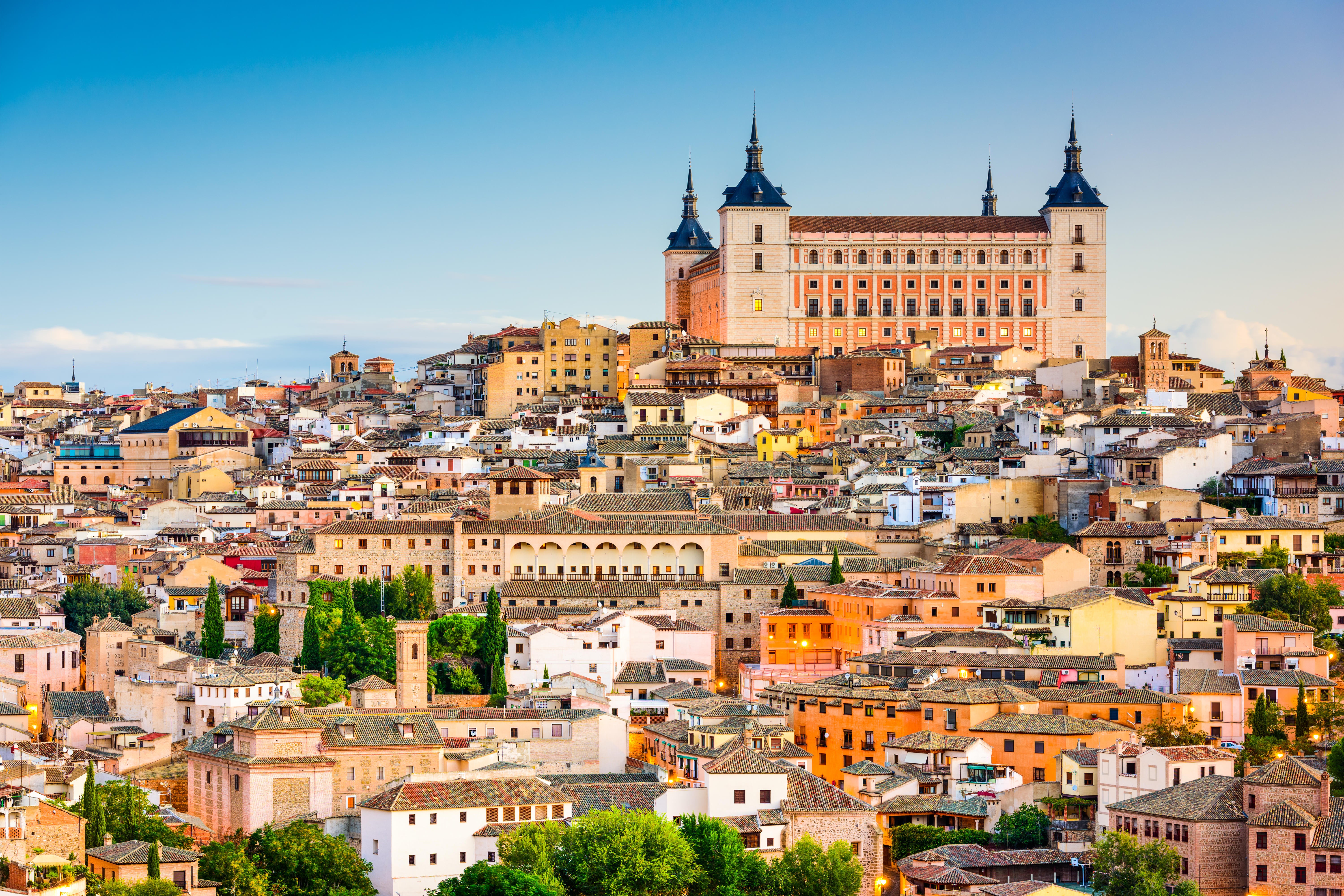
Fly to Madrid, and, whether or not your trip takes in the capital, central Spain boasts some stunning historic sites, all within a few hours’ drive. Travel south for 70km along the A42 to Toledo (above), where the clash of its Christian, Muslim and Jewish heritage make for a spectacular visit (toledo-turismo.com).
Heading north, and circumventing Madrid, along the N403, little more than a hours’ drive away is the Roman city of Avila, and the breathtaking nearby palace and monastery at El Escorial. Travelling in a loop around the capital, you could take in Segovia, with its Roman aqueduct, the university-town of Salamanca, Valladolid, Burgos and Soria, before heading back to Madrid (turismocastillayleon.com).
Catalonia and the Pyrenees
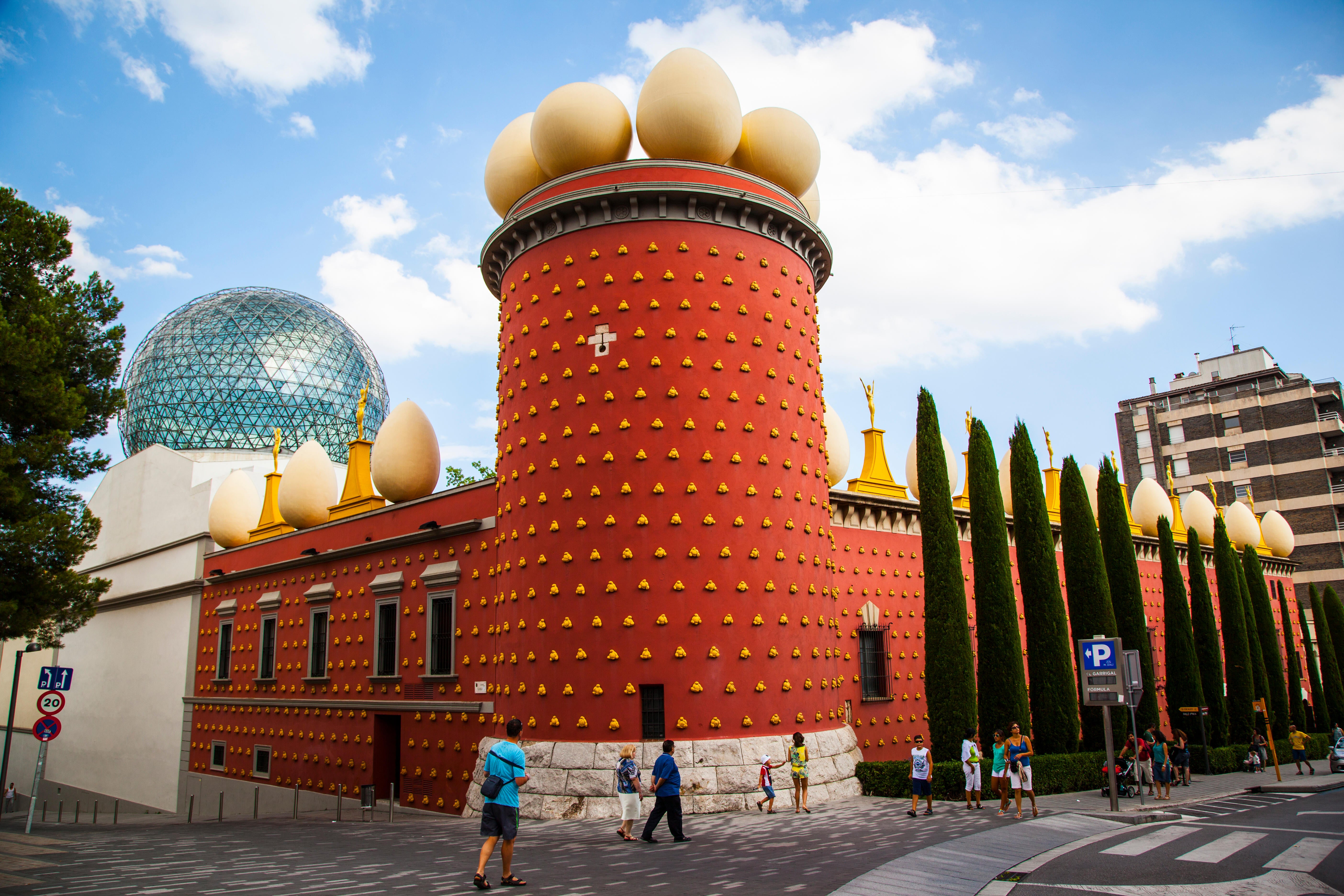
Fly to Barcelona or Girona, and then drive east to the Catalan coast, along the N11, to pretty coastal villages such as Begur and Sa Tuna before moving on to Figueres, home of the Dali museum and theatre (salvador-dali.org), and then on to see his home in Cadaques and the stunning Cap de Creus Natural Park with its wild coastline of cliffs and coves (en.costabrava.org).
From there, a journey could wind up through the Pyrenees on the N260 to stunning villages for a couple of days’ hiking or skiing, before finishing off the holiday in Barcelona, where La Rambla, Gaudi’s architecture and the Sagrada Familia all await.
Join our commenting forum
Join thought-provoking conversations, follow other Independent readers and see their replies
Comments